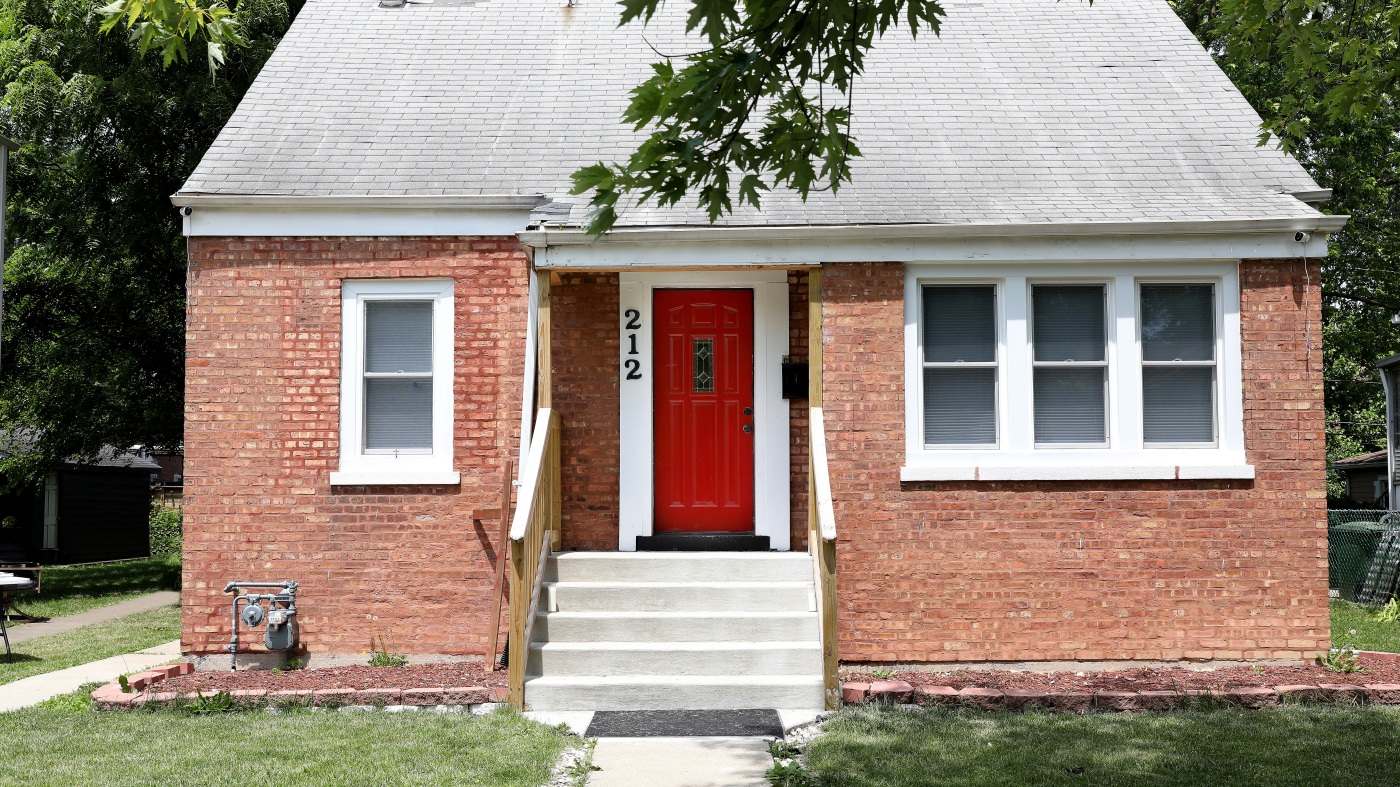Dolton, Illinois, a suburb south of Chicago, is at a pivotal moment in its history. The town, often referred to as a “scandal-plagued hometown,” is seeking a path to revitalization. In a bold move, the village’s Board of Trustees has unanimously voted to acquire the childhood home of Pope Leo XIV, the first American Pope. This modest, three-bedroom brick house, located at 212 E. 141st Pl., is seen as a potential catalyst for economic and cultural renewal. However, this ambitious plan is not without its challenges, raising questions about historical preservation, economic development, and the role of a town’s past in shaping its future.
A Village in Need of a Positive Narrative
Dolton’s struggles are well-documented, with headlines frequently highlighting its internal issues. While the specific nature of these scandals is not detailed, the implication is clear: the town is in desperate need of a positive narrative. The decision to pursue Pope Leo XIV’s childhood home can be seen as an attempt to rebrand Dolton, associating it with the global significance and positive image of the papacy. This strategic move aims to shift the focus from the town’s present difficulties to a potentially inspiring past.
The election of an American Pope is a historic event, and Dolton’s connection to Pope Leo XIV provides the village with a unique selling point. The idea of turning his childhood home into a historic site taps into the human fascination with historical figures and places. It offers the promise of attracting tourists, generating revenue, and fostering a sense of local pride. Moreover, Pope Leo XIV’s choice of his papal name in honor of Pope Leo XIII, known for his focus on social justice, adds another layer of significance. This association aligns the new Pope with a legacy of advocating for “ordinary people,” a message that could resonate strongly with the residents of Dolton.
The House on 141st Place: A Tangible Link to the Past
The house itself is a modest Cape-Cod-style brick home, listed at $219,000 days after Pope Francis’ death. Its ordinariness is precisely what makes it appealing, representing a tangible connection to Pope Leo XIV’s humble beginnings. The house features three bedrooms and two bathrooms, offering a glimpse into the living conditions of a typical American family in the era when the future Pope grew up. This intimate scale could make the site more relatable and engaging for visitors.
However, the path to acquiring and transforming the house into a viable historical site is fraught with challenges. The village’s plan to acquire the property through eminent domain is controversial and carries the risk of legal battles and negative publicity. Additionally, transforming the house into a historical site will require significant investment for renovations, staffing, marketing, and ongoing maintenance. Collaboration with organizations like the Archdiocese of Chicago could be crucial in securing the necessary funding.
Community Engagement and Economic Potential
The success of the project will depend on the support of the local community. Dolton needs to involve its residents in the planning process, ensuring that the historical site serves their needs and aspirations. Community engagement is key to fostering a sense of ownership and pride among residents.
A well-managed historical site could attract tourists, including pilgrims, history buffs, and curious travelers, boosting the local economy. The site would require staff, creating employment opportunities for local residents. Furthermore, associating the town with a figure of global importance could help to overcome its current negative reputation. The project could give Dolton residents a renewed sense of identity and belonging, fostering community pride.
Beyond the Bricks: Building a Lasting Legacy
The acquisition of Pope Leo XIV’s childhood home is just the first step. To truly capitalize on this opportunity, Dolton needs to develop a comprehensive strategy that extends beyond the physical structure. This strategy should include educational programs that tell the story of Pope Leo XIV’s life, his connection to Dolton, and his contributions to the Catholic Church. Collaborating with local schools, churches, and community organizations to create events and activities that celebrate Dolton’s unique history is also essential.
Marketing and promotion are crucial to attracting potential visitors and promoting Dolton as a destination for historical and cultural tourism. Investing in infrastructure improvements, such as better transportation and accommodation options, will support the influx of visitors. These efforts will not only enhance the visitor experience but also create a sustainable model for economic growth.
A Hopeful Future
Dolton’s decision to pursue Pope Leo XIV’s childhood home is a bold and ambitious move. It represents a gamble on the power of history, the allure of the papacy, and the potential for a small town to reinvent itself. While the challenges are significant, the rewards could be transformative. By embracing its unique connection to Pope Leo XIV, Dolton has the opportunity to create a lasting legacy, one that not only preserves the past but also shapes a brighter future for its residents. The transformation of a simple brick house into a source of hope and pride could be the miracle that this “scandal-plagued hometown” so desperately needs. The path forward may be fraught with obstacles, but the vision of a revitalized Dolton, drawing strength from its papal past, is a testament to the enduring power of hope and the unexpected ways in which history can shape our destinies.

